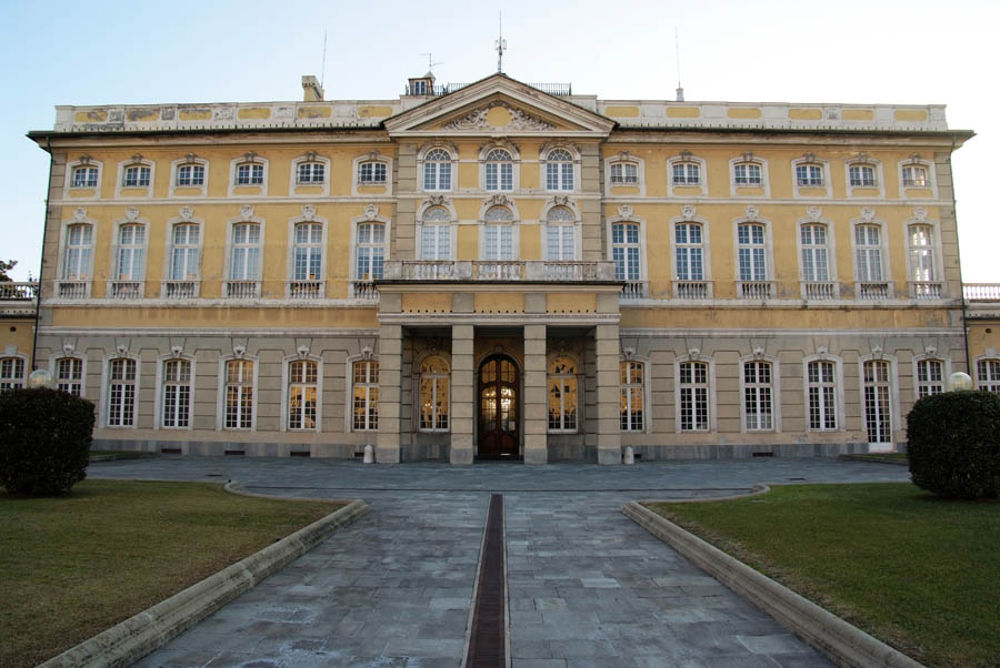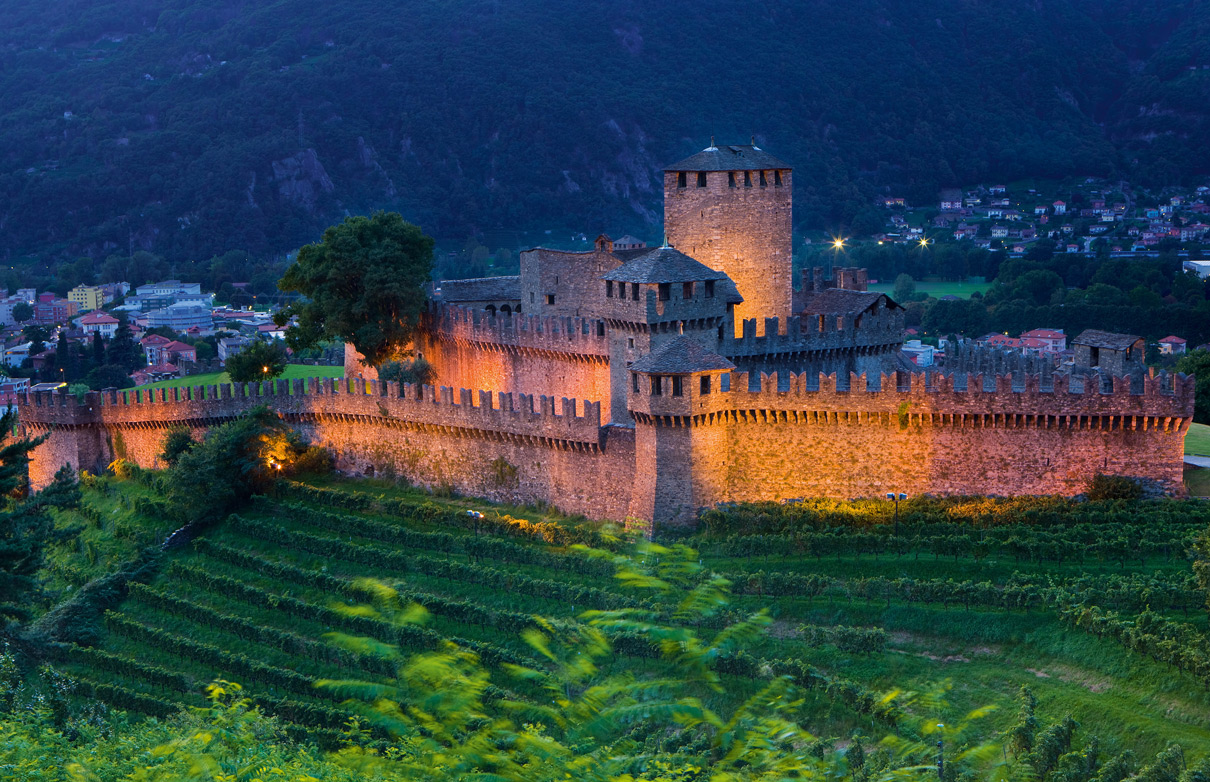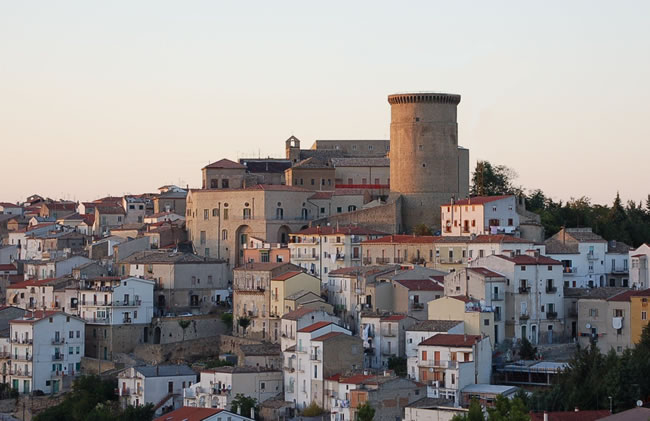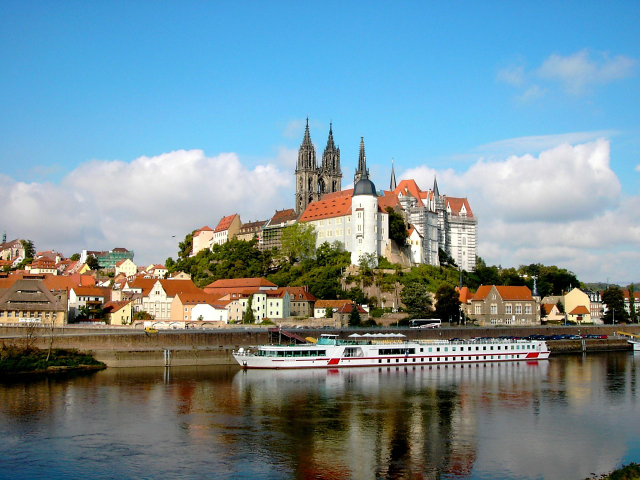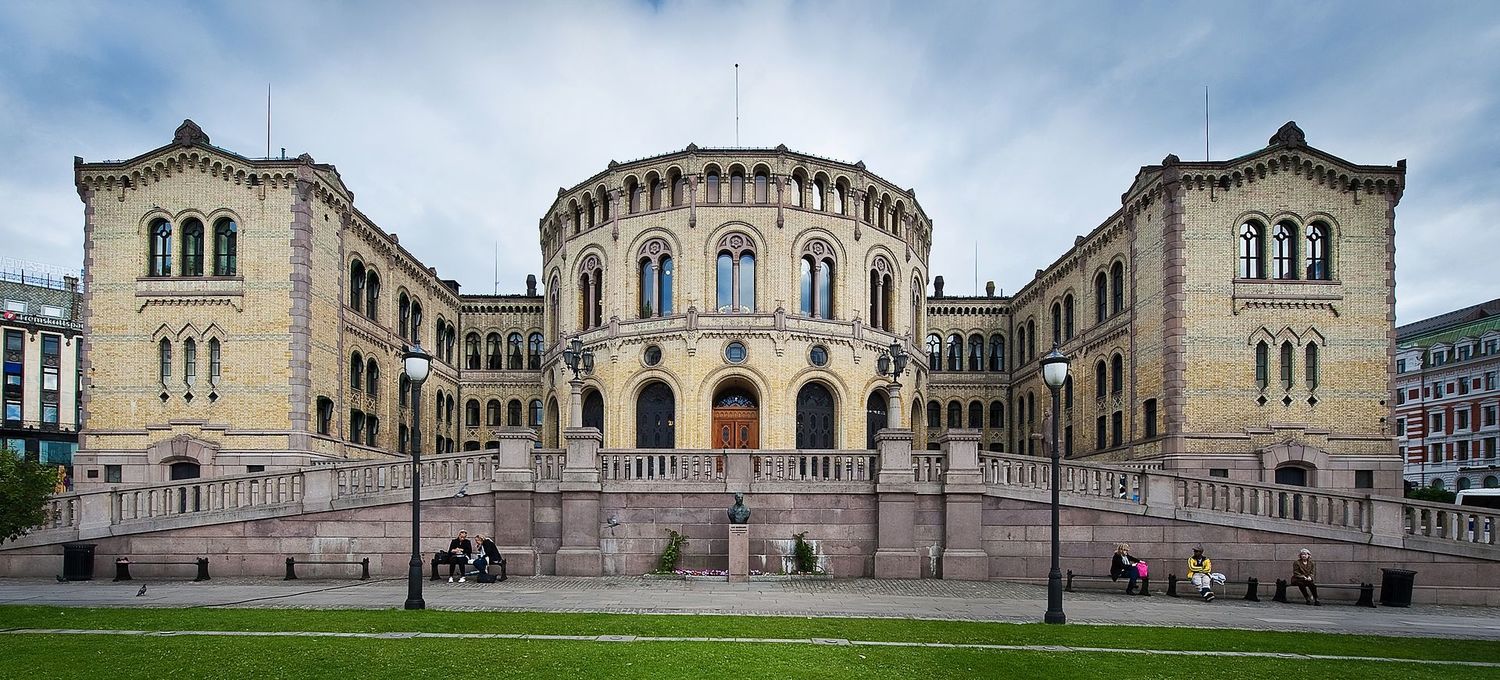Palazzo Durazzo Bombrini in Genoa Cornigliano is certainly the most valuable and innovative example of 18th century residential architecture in the area. It was built starting in 1752, based on a project by Pierre Paul De Cotte for the Marquis of Gabiano, Giacomo Filippo II Durazzo.
Pierre Paul De Cotte, a French officer, arrived in Genoa in 1747 on a vessel allied to the Republic and settled there for some time; a military engineer, he contributed to the design and early stages of the construction of the Genoese system of fortifications, in particular between 1756 and 1758 he designed and supervised the construction of Forte Diamante, financed by Giacomo Filippo II Durazzo. The professional relationship established between the Marquis Durazzo and De Cotte included the design and construction of the Cornigliano holiday residence.
This building, built almost entirely from scratch, was conceived by its designer with the typical layout of French hotels (aristocratic residences): a central building and 2 side wings around a vast cour d’honneur, a type of construction which, in a completely innovative way, managed to reconcile the needs of representation and grandeur with a modern need for hospitality and intimacy. This approach, which was by now customary among the French aristocracy, was certainly revolutionary for the Genoese context (still tied to 16th-century buildings) and was an avant-garde choice that went beyond local references while managing to reaffirm the image of supremacy and power sought by the client.
Consistent with the strong Frenchness that characterizes it, the palace houses the first magnificent example of a completely cantilevered staircase built in Genoa: made of Carrara marble, the structure is airy and elegant, with attention to detail and framed by the lightness of the embroidery of the painted iron railing. Around 1778, the Genoese Andrea Tagliafichi added the portico to the residence and renovated many of the rooms. Noteworthy are still the decorations of the reception halls, the wrought iron works, both fixed and movable, the original structure of the roof and the covering.
Finally, the large reception hall on the ground floor, the Sala al Mare, houses two important canvases (both measuring about 3.15 x 4.35 m) depicting the biblical episodes of Deborah and Baraci and Judith showing the head of Holofernes, by the Neapolitan painter Francesco Solimena, painted around 1717.
